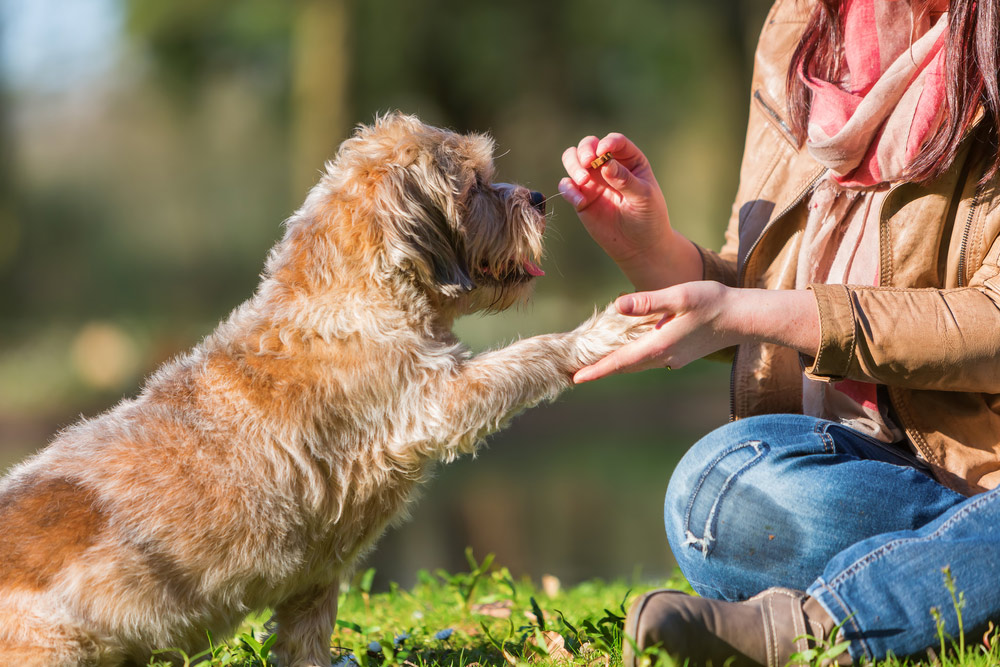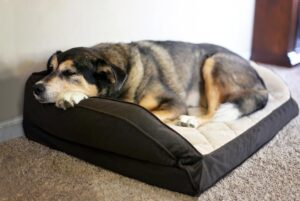Senior pets may face challenges that can make grooming more complex than it was in their younger years. While grooming remains essential for maintaining a pet’s appearance, it also plays a role in managing their overall well-being as they age. In this blog, we’ll explore how senior pets’ grooming needs evolve and how tailored services may address these changes.

What Changes Can Occur in a Senior Pet's Grooming Needs?
As pets age, several factors can impact their grooming needs. Senior pets may experience reduced mobility, making it more difficult for them to groom themselves as effectively as they once could. This can lead to issues such as matted fur, overgrown nails and a general build-up of dirt or oil on their skin. Over time, a pet’s coat may also change in texture—becoming thinner or coarser—requiring a different grooming approach.
Additionally, ageing pets may develop conditions such as arthritis or skin sensitivities, which can make grooming uncomfortable. In some cases, pets with joint pain may resist certain activities, such as brushing or nail clipping, due to discomfort. These changes often mean that older pets need more frequent but gentle grooming sessions to help maintain their skin and coat health.
How Can Specialised Grooming Benefit Senior Pets?
For older pets, specialised grooming may provide several benefits that are tailored to their evolving needs. Grooming can help manage issues such as matting, which can pull at the skin and cause discomfort. For pets with reduced activity levels, regular nail trims are also important to prevent overgrown nails.
Groomers who are familiar with senior pet care can adjust their techniques to help ensure the process is as comfortable as possible. Some services might include the use of warm water for bathing. Pet grooming sessions can also allow for close inspection of the skin and coat, helping identify any new lumps, bumps or irritations that may require veterinary attention.
What to Look for in Pet Grooming for Seniors
Senior pets may require a calm and patient approach to grooming, especially if they have discomfort related to age. A quiet, stress-free environment might help make the process more manageable. Additionally, you might want to ask about the products used during grooming.
For older pets with sensitive skin, special shampoos or gentle grooming tools can help avoid irritation. Finally, clear communication with the grooming provider is essential. Discuss your pet’s specific health conditions or preferences before the grooming session.
Handling Anxiety During Grooming Sessions
As pets age, they may become more prone to anxiety, particularly during activities that involve close physical handling, such as grooming. This heightened sensitivity can result from a variety of factors, including cognitive decline and changes in sensory perception. Senior pets may be more easily startled, struggle with unfamiliar environments or feel discomfort due to underlying health conditions. For these reasons, grooming sessions that were once routine may become a source of stress for older animals. Here’s what you can consider:
- Allow for more frequent breaks during grooming sessions. This can provide the pet with time to relax and recover.
- Comfort items can play a key role in easing anxiety. Bringing along a favourite blanket, toy or familiar item from home can help the pet feel more secure in the grooming environment.
It can be helpful to communicate any specific triggers or preferences their senior pet may have so the groomer can further personalise the session.
We Are Here to Assist
At Blue & White Veterinary Clinic, we offer grooming services that consider the needs of senior pets. Our team understands the potential challenges that come with grooming older pets and works to adapt grooming techniques based on their physical condition and comfort levels. We also provide a range of senior pet care services, allowing for a more comprehensive approach to managing your pet’s well-being.

